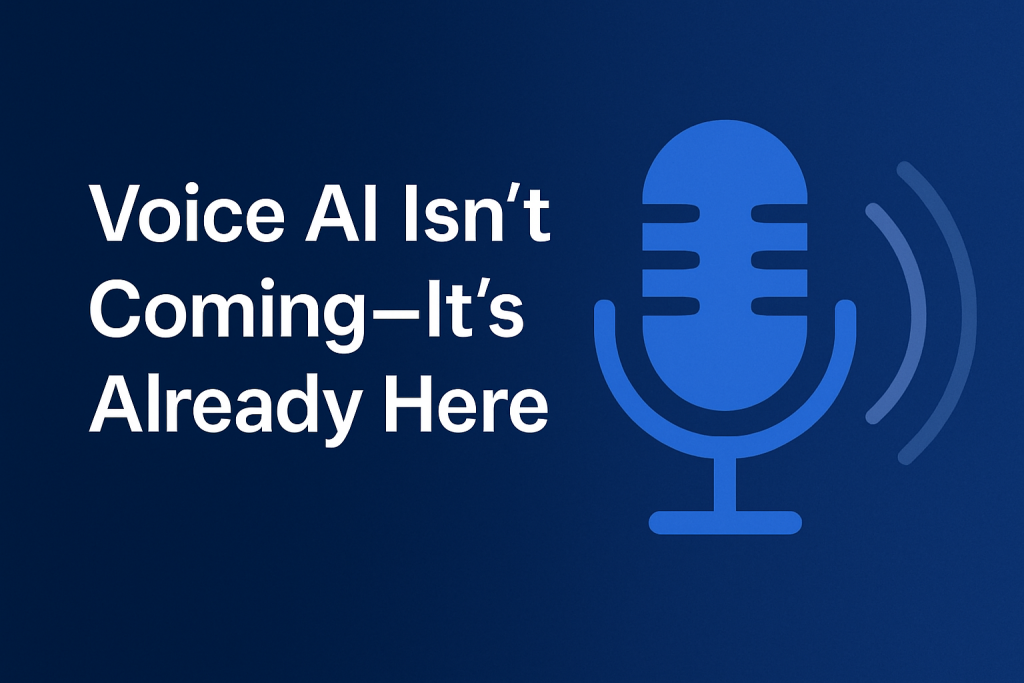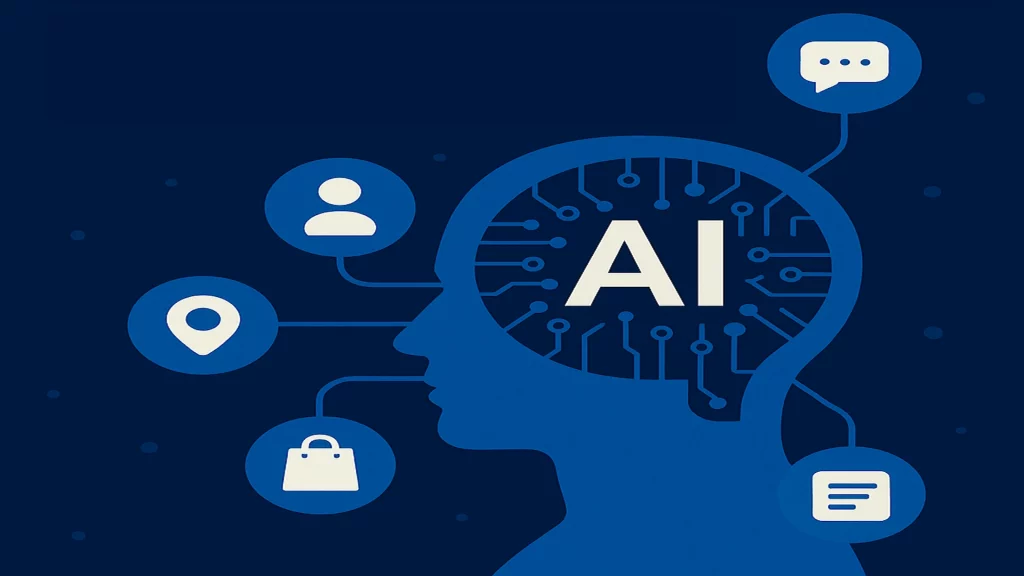“Making it sound effortless is the hardest part.”
Voice AI isn’t just the next big thing—it’s already here. Did you know that there are 8 billion digital voice assistants in the world—outnumbering the world’s human population. Yet, very few people understand the complex tradeoffs involved in making a good voice AI experience.
Let’s start with the basics: there are two primary categories of AI voice interactions—synchronous (real-time conversations, like talking to an AI on the phone) and asynchronous (one-way or delayed exchanges, like leaving a voice message and getting a response later).
For enterprises, synchronous voice AI—where machines and humans converse in real time—is the real test. Think AI telecalling agents handling customer service calls, scheduling appointments, or qualifying sales leads. In industries like banking, insurance and automotive, voice AI is already fielding millions of routine queries and automating tasks that once required armies of human reps.
Why are businesses going all-in?
– 24/7 service with no coffee breaks.
– Consistent, on-brand conversations—AI never forgets the script.
– Scale: AI agents can handle thousands of calls a day,
Companies booking demos via AI report up to a 40% jump in meetings scheduled.
But here’s the kicker—getting AI to “talk” convincingly is way harder than just “chatting” via text.
Voice AI is a game of trade-offs between realistic voice, response lag, quality of conversation, and cost
- Human-like Voice: The more authentic and emotive the voice, the more processing power it requires.
- Response Lag: More processing power means more lag in response. “Flat” voices process quicker (1–2 second delays), which keeps conversations snappy. Add more emotional, natural sound with large knowledge context? Delays stretch to 3–4 seconds or more—enough to frustrate users and erode trust. Every extra second of delay can tank customer satisfaction by a whopping 16% and push abandonment rates up by 23%. If an AI voice agent pauses for 3 seconds instead of 1? That’s enough to break the flow and make users bail.
- Context Mastery: Delay is also caused by amount of context, or organizational knowledge, that the AI agent needs to work with. Great voice AI needs to juggle vast amounts of organizational information and manage a goal oriented conversation in real time.
- Cost per Minute: Richer, more natural voices and larger context windows drive up infrastructure costs, so enterprises must balance sophistication and budget.
Design Tips for Voice AI Success:
– If you don’t need real-time interaction, go wild with advanced, realistic voices.
– For real conversational flows—like support or sales—favor speed and reliability over sophistication. High-latency interactions see up to two-thirds of users try to escape to a human agent, defeating automation entirely.
– Above all, ensure interruption handling is rock-solid. Nothing kills the AI vibe like an agent stumbling when a user talks over it.
In summary
Voice AI is powering a multi-billion-dollar transformation in customer communication—the global Voice AI Agents market is set to skyrocket from $3B this year to $50B by 2034 at a staggering CAGR of nearly 35%.
But the magic happens only when you strike the right balance between realism, speed, intelligence, and cost
So next time you interact with an AI voice, remember: sounding effortless takes a mountain of engineering brilliance—and data-driven trade-offs—behind the scenes.





